Bryneglwys Slate Quarry, Abergynolwyn Village and the Talyllyn Railway
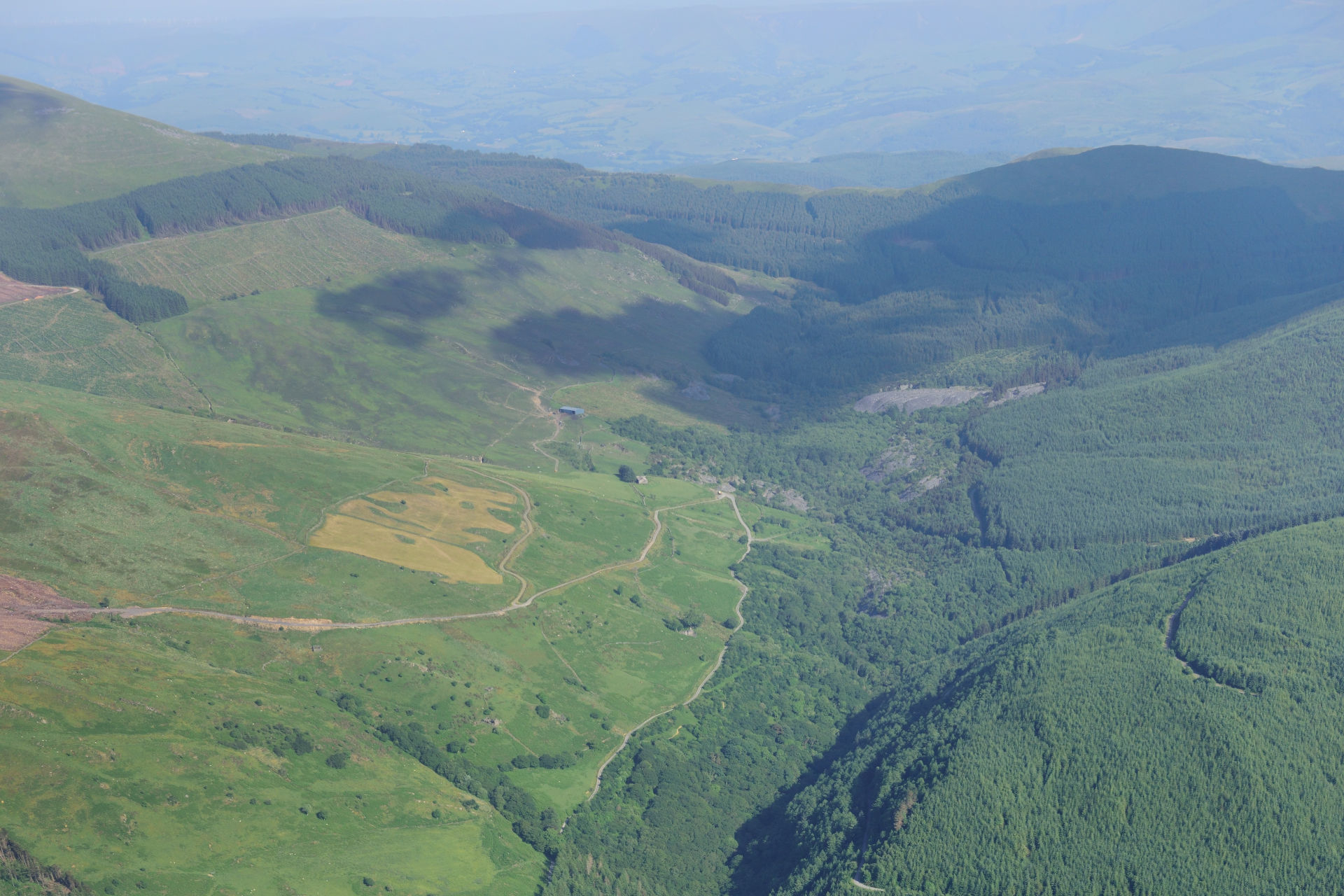
This area, in the south of Gwynedd, is some distance from Bethesda, Llanberis, Nantlle and Blaenau Ffestiniog – showing how important slate quarrying has been throughout the county.
Dinorwig Slate Quarry Mountain Landscape
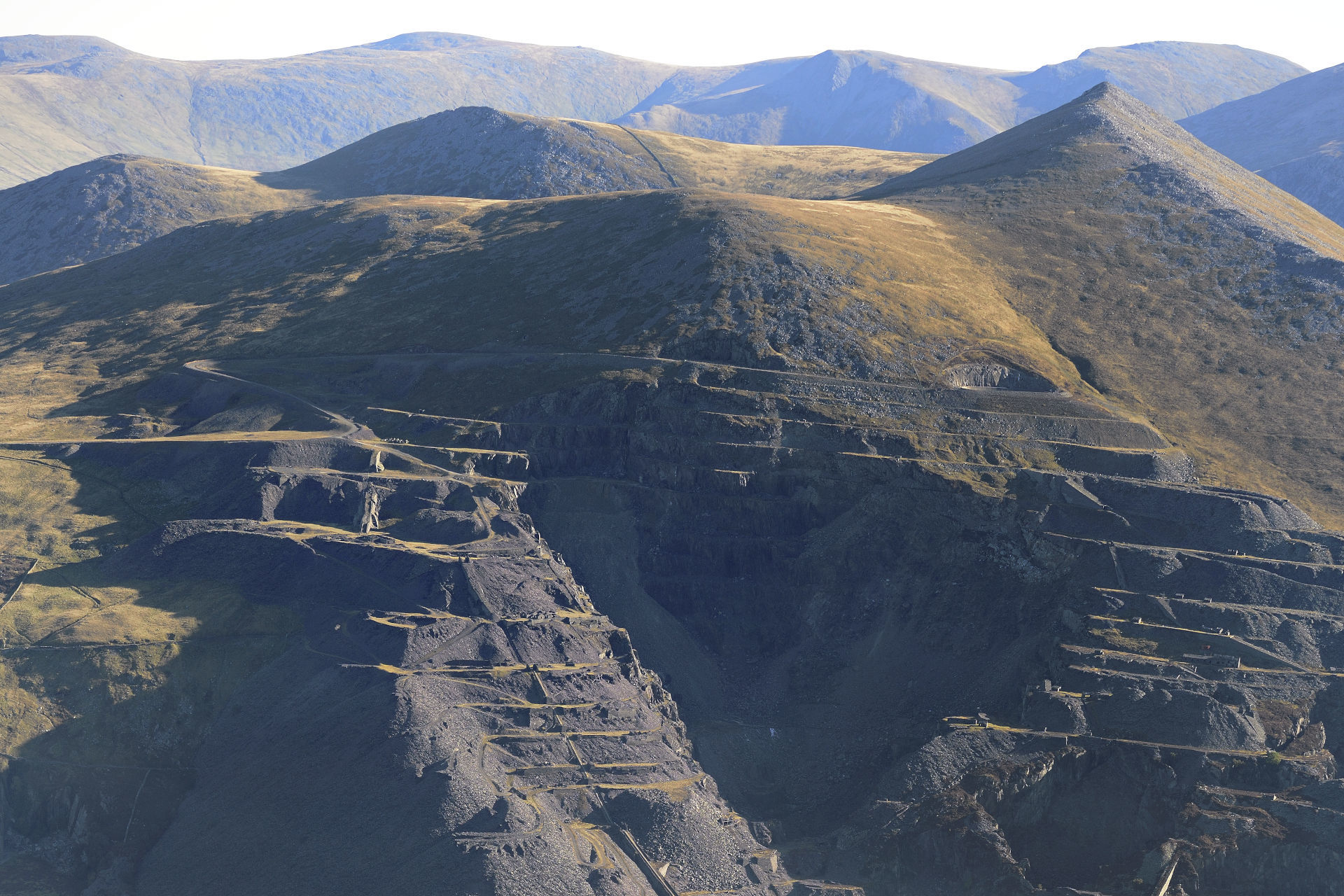
This area is centred on Dinorwig Quarry. It’s an astoundingly beautiful landscape, with Yr Wyddfa (Snowdon), Llyn Padarn and Llyn Peris at it's heart. Dolbadarn Castle has guarded this valley since the 13th Century.
Ffestiniog: its Slate Mines and Quarries, “city of slates” and Railway to Porthmadog
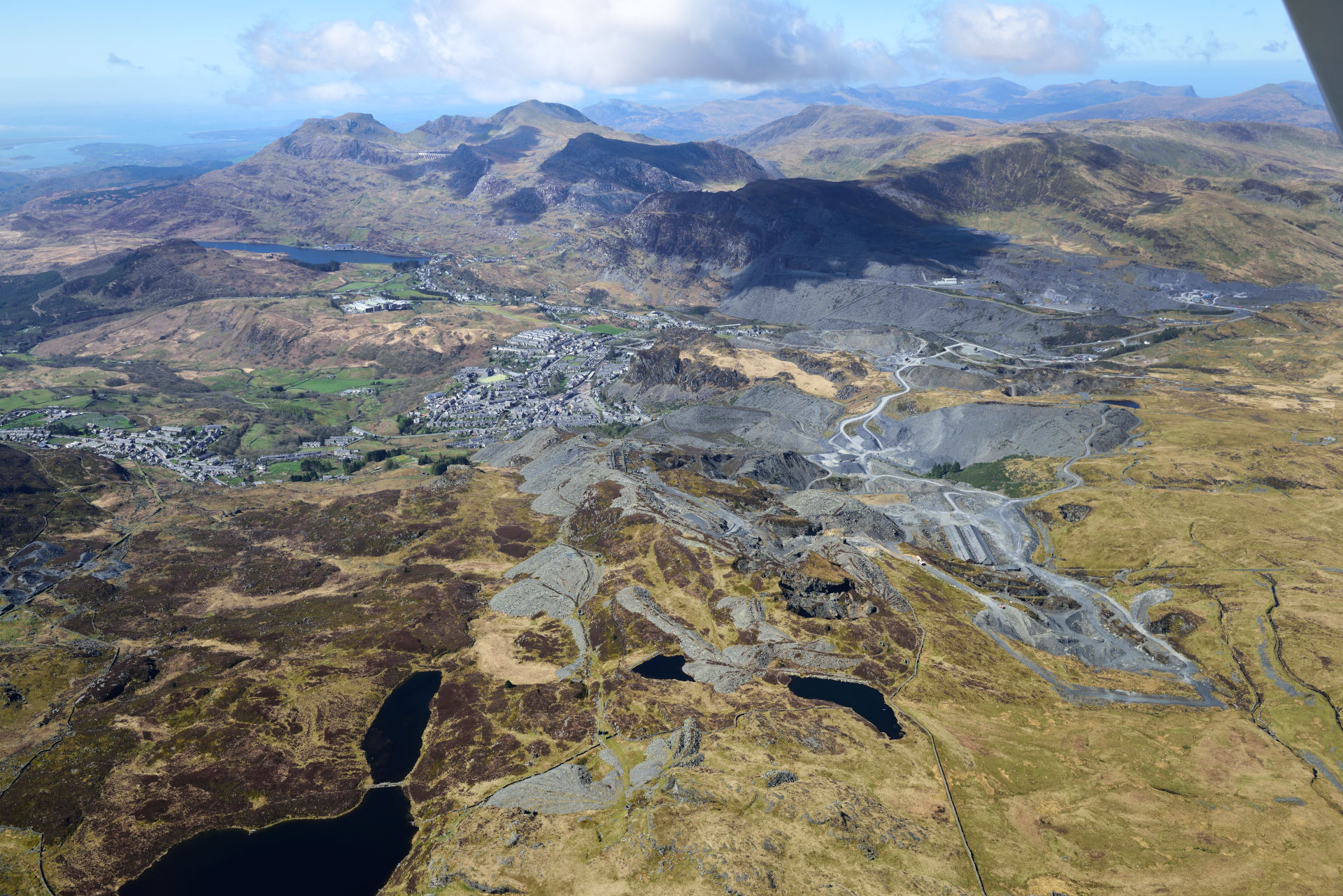
In 1873, the town of Blaenau Ffestiniog was described as “dinas y llechi” [“slate city”], as it was the largest town in the slate quarrying areas. Investors from England and Ireland developed a series of quarries aro
Penrhyn Slate Quarry and Bethesda, and the Ogwen Valley to Port Penrhyn
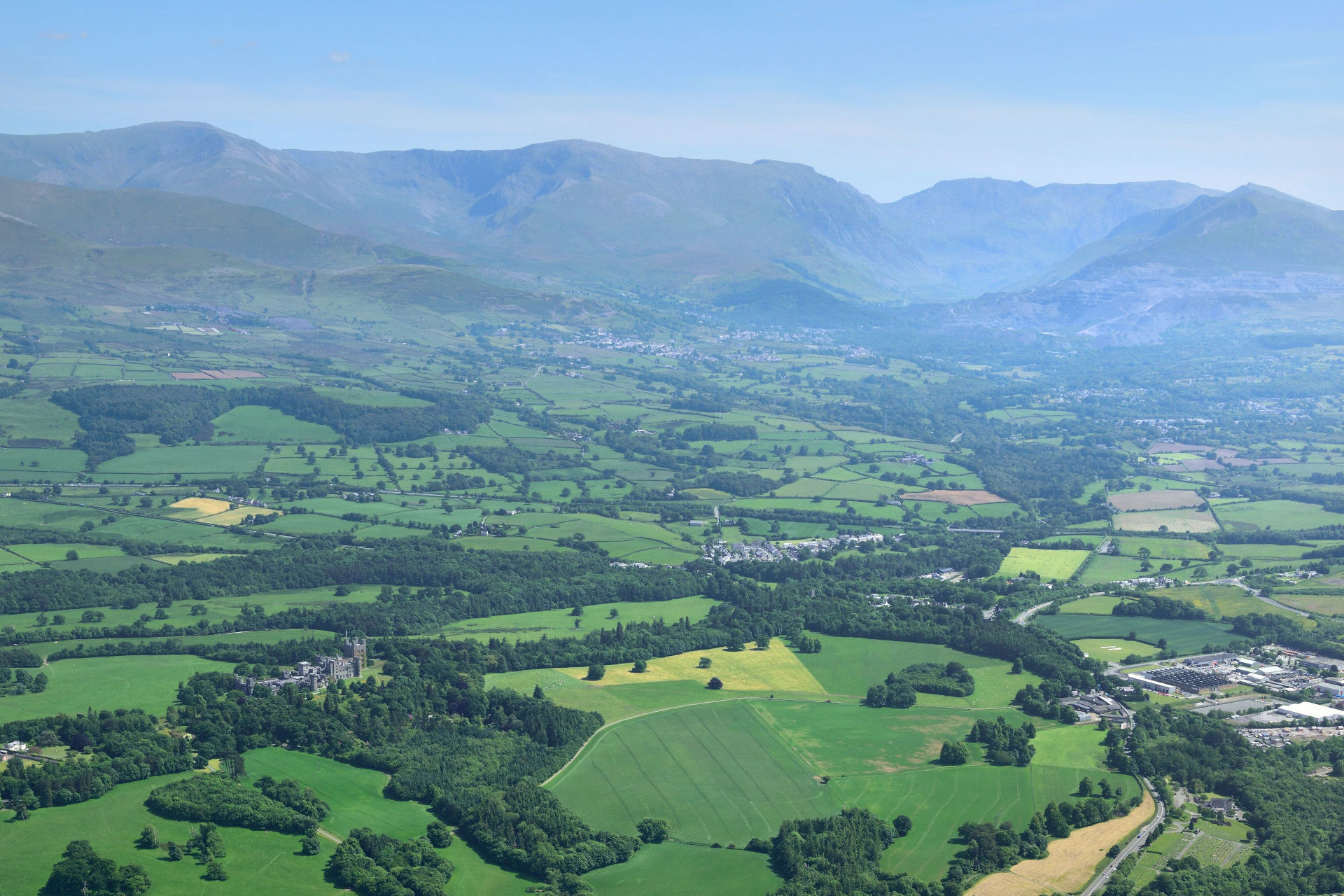
Every stage in the process of producing and selling slate can be seen in this area, from Penrhyn Quarry to Port Penrhyn.
Gorseddau and Prince of Wales Slate Quarries, Railway and Mill
What’s the connection between this lonely, beautiful landscape, and the slate industry?
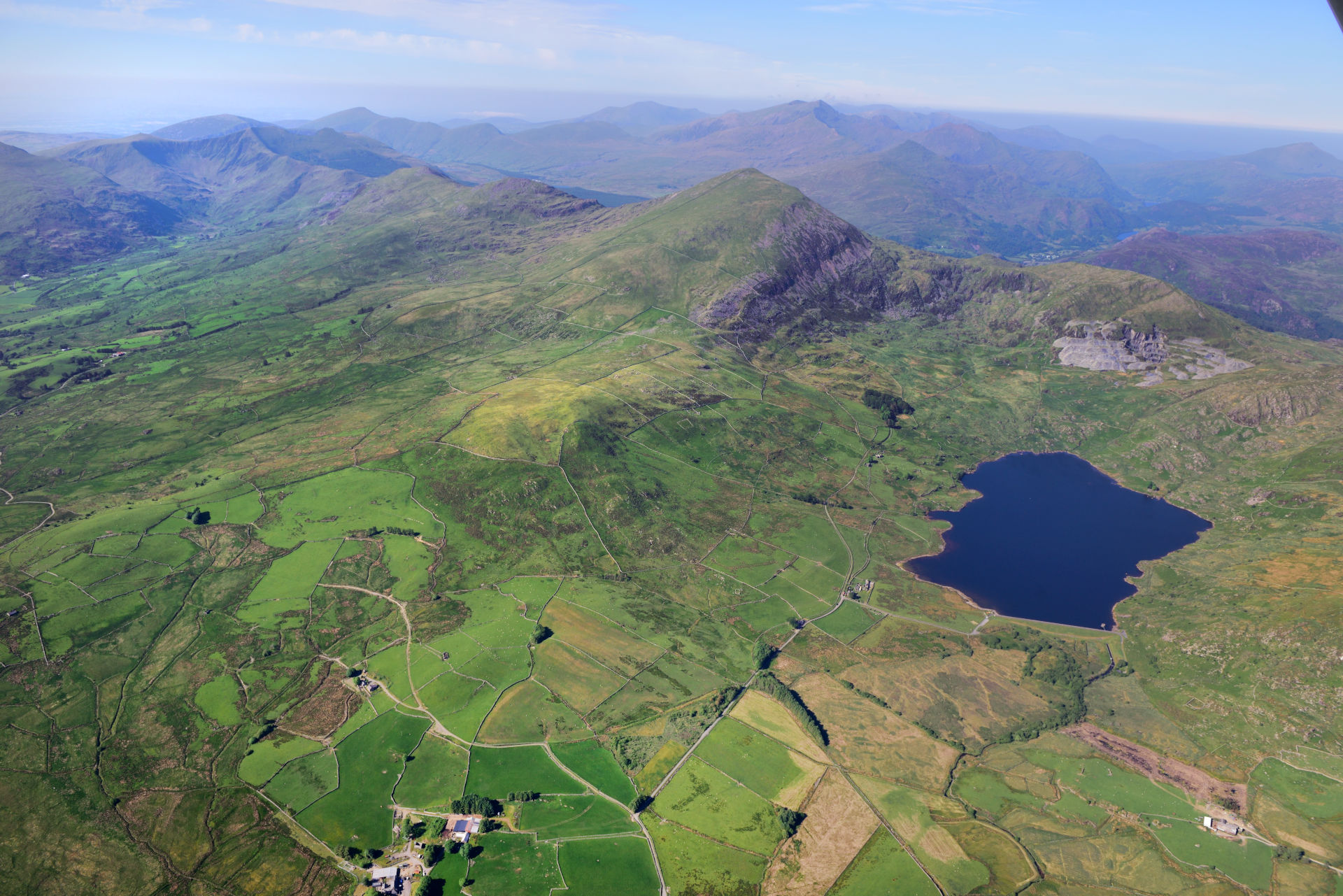
Both the Gorseddau and Prince of Wales quarries were developed between 1850 and 1870, the “Golden Age” of the slate i
Nantlle Valley Slate Quarry Landscape
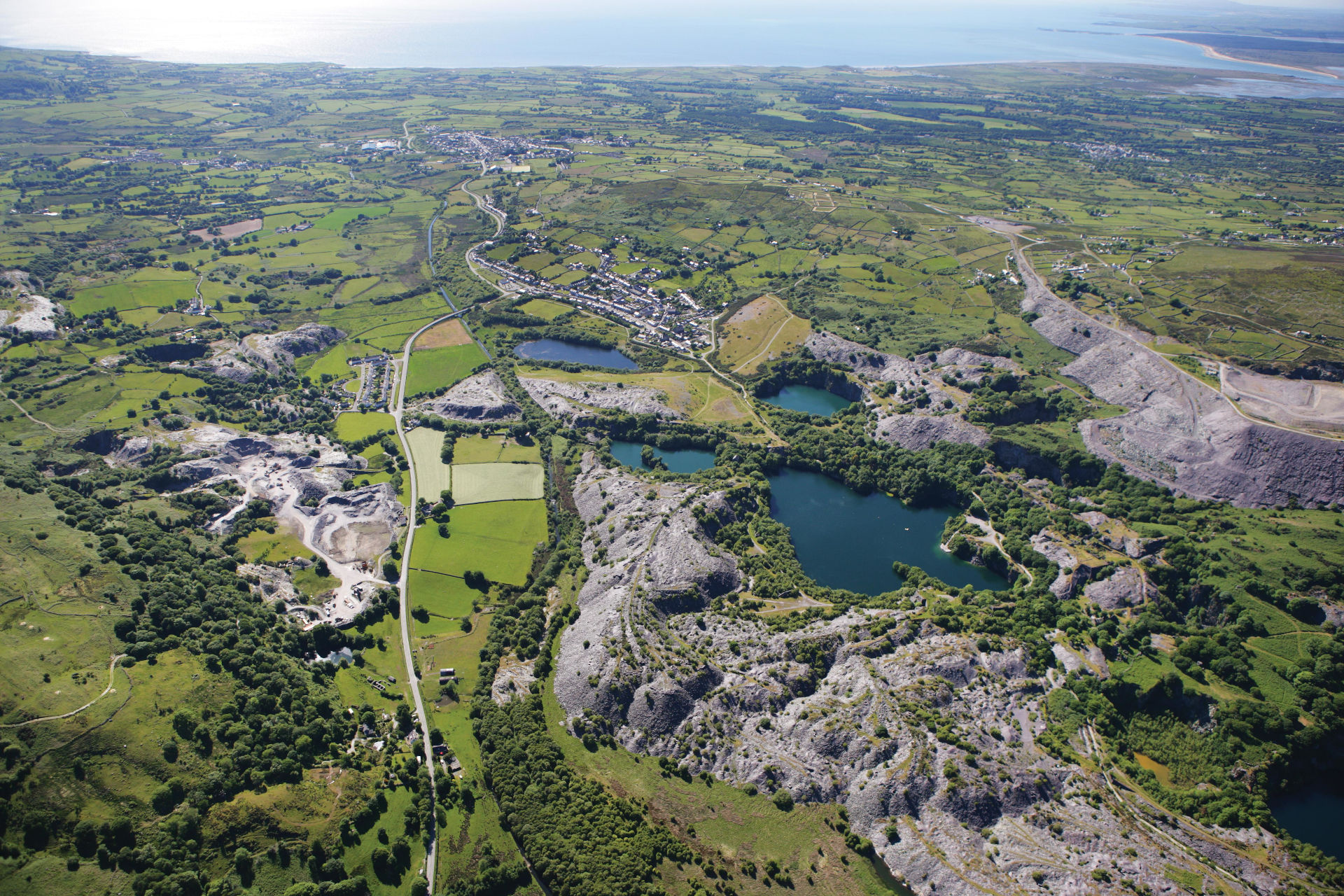
Dyffryn Nantlle has a lengthy and complex archaeological history. Topography and geology have meant that quarries have been confined within very limited areas.
Slate Trails
From the end of the 18th Century until the beginning of the 20th Century the slate valley communities of Gwynedd - Ogwen, Peris, Nantlle, Blaenau Ffestiniog and Corris - were dynamic, thriving industrial areas. Between them these areas consisted of over 60 quarries and mines employing over 18,000 people. The quarrymen and their families created distinctive communities, overwhelmingly Welsh speaking and Non-conformist. The slate industry itself dramatically changed the landscape - slate tips, quarry buildings and railways can still be seen today.
Management Plan
As part of developing the Slate Landscape of Northwest Wales World Heritage Site, a Management Plan must be developed in order to identify how we will manage change following the World Heritage Site designation.
The Draft Management Plan for the World Heritage Site was consulted upon over the Summer of 2019 and the full results of the consultation can be found here.
All over the World
Slate wrenched from the hills of North Wales has made an attractive and long-lasting roofing material since Roman times. Industrial revolution Britain was roofed in Welsh slate and by the 1870s so too were the expanding towns in Europe, America and Australia.
No other stone industry dominated world markets like Welsh slate. This is why a partnership of organisations both local and national in Wales believes that the industry’s contribution worldwide should be recognised and awarded UNESCO World Heritage Site status.
